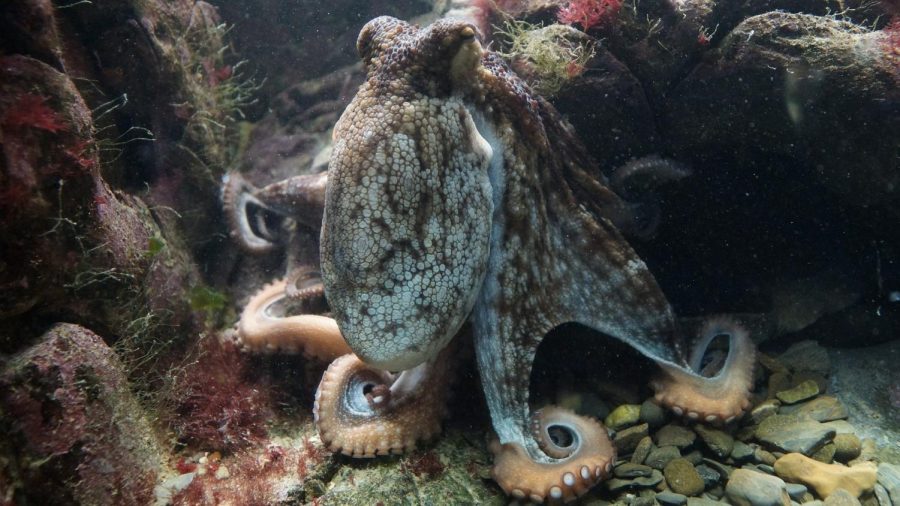Science has long imagined what an alien would be like. Oftentimes, the image of a small green alien comes to mind; however, instead of merely imagining what an alien might be, we just could just look harder on our own planet. Cephalopoda, the molluscan class title of Cephalopods, provide a compelling look at to what alien life might be, mainly because there is nothing on our planet quite like them. Squids, cuttlefish, nautilus, and octopuses all are examples of cephalopods. Cephalopods have many interesting things about them, but a few stick out; for this reason, I have compiled a list of the most interesting facts about Cephalopods.
- They are hard to keep in captivity due to their propensity to escape and play pranks. Otto the octopus at the Sea Star Aquarium in Coburg, Germany has shorted out their power system due to his careful directed shooting of a jet of water at a spot light above his aquarium. He also has been reported “juggling hermit crabs in his tanks… throwing stones against the glass and damaging it… and rearranging his habitat.” Hijinks like this are so common there was a paper from the Journal of Applied Animal Welfare Science, titled “Interspecific Evaluation of Octopus Escape Behavior,” meant to combat this problem. Click on this link to view an octopus push itself through a passageway the size of a quarter.
- They edit their own RNA. Instead of being able to hardwire genetics through mutation, many Cephalopods can “on the fly” edit their own RNA resulting in incredible adaptivity. This means that even when presented with environmental changes like a rise in temperature or a more acidic environment, Cephalopods can easily adapt to survive.
- They camouflage and change texture. Although the Cuttlefish might be colorblind, it can almost instantaneously change its color to match its surroundings. This is due to having over 3 different layers of expanding and contracting cells which are so incredible they can precisely mimic almost any background. In addition, the Cuttlefish can mimic texture through its use of tiny bumps called “papillae”.
- They “cross-dress” to get women. Size does matter for Cuttlefish and female cuttlefish far prefer mating with the larger male Cuttlefish. Male Cuttlefish are incredibly competitive and will fight each other for a female. This leads to the smaller males disguising themselves as females through mimicking female tones and identifiers. By doing this, they can effectively “sneak” up on a male that is mating with a female, deposit their own sperm and steal the larger males girl.
- They can hypnotize. While hunting, Cuttlefish will flash brightly with varying colors to attempt to captivate their prey. This lightshow effectively hypnotize their prey, making them an easy kill.
These are just a few glances at the incredible class of Cephalopoda. There is nothing like them on this planet. So, the next time you think of a small green man as an alien, take a second and remember the aliens living right next to us: Cephalopods.















